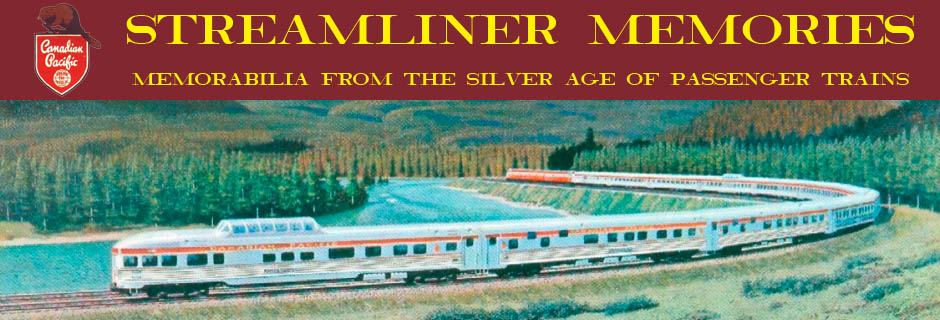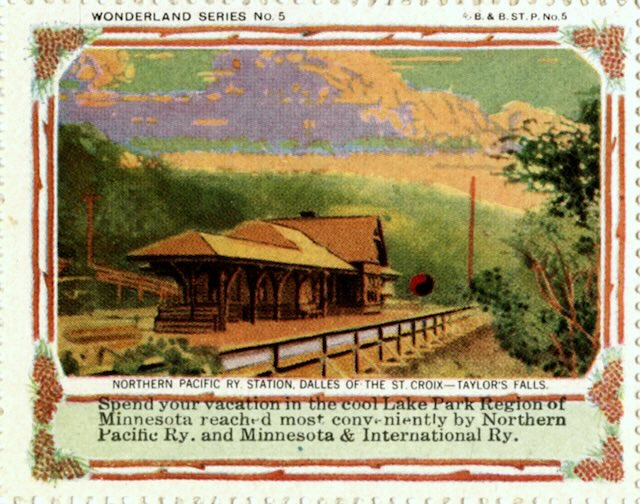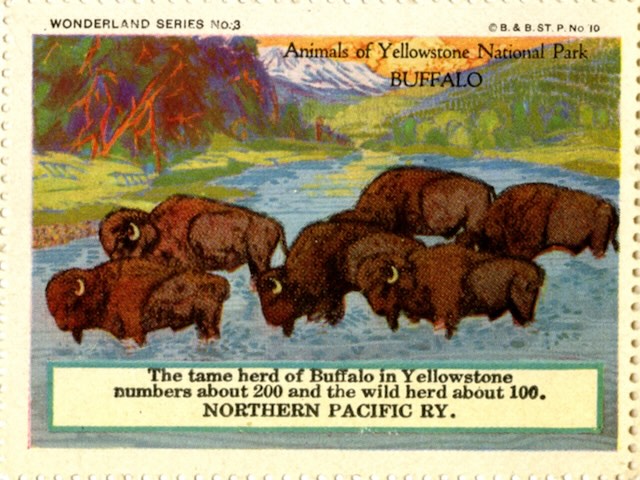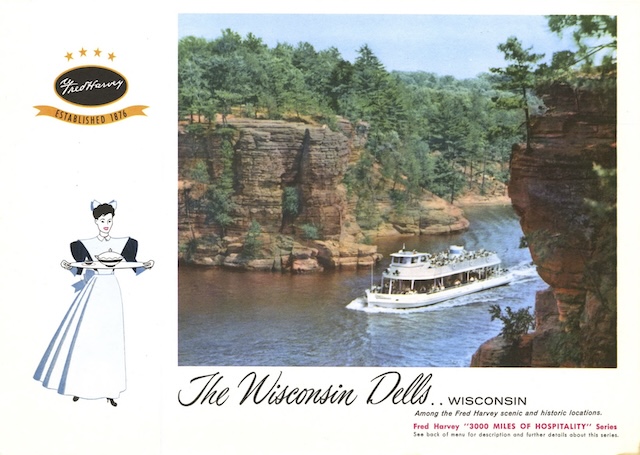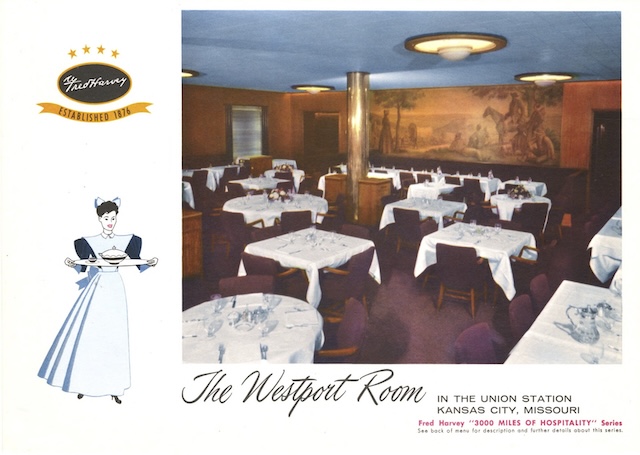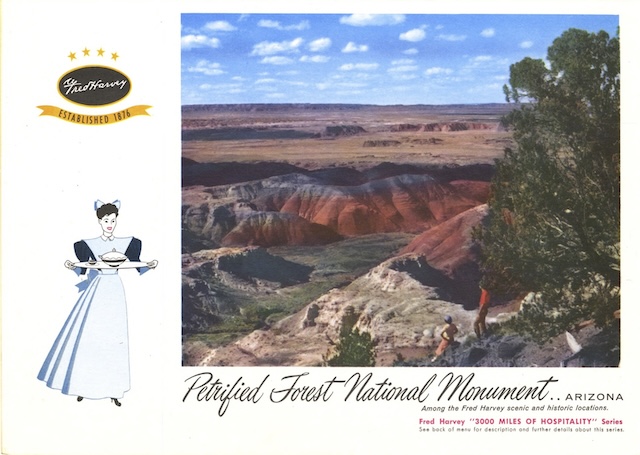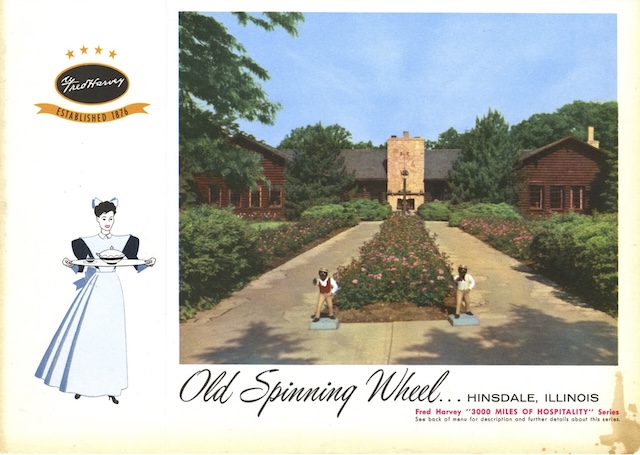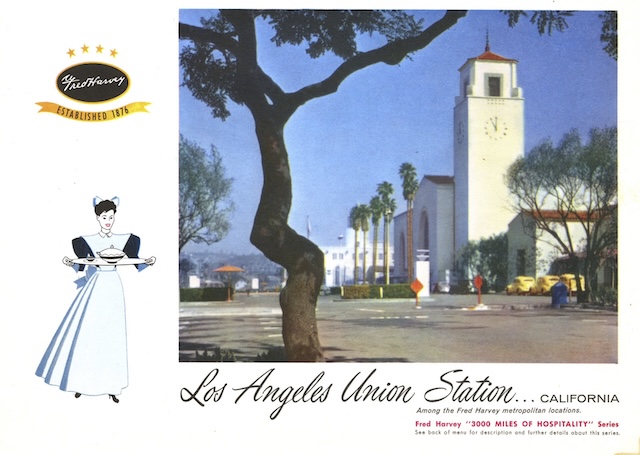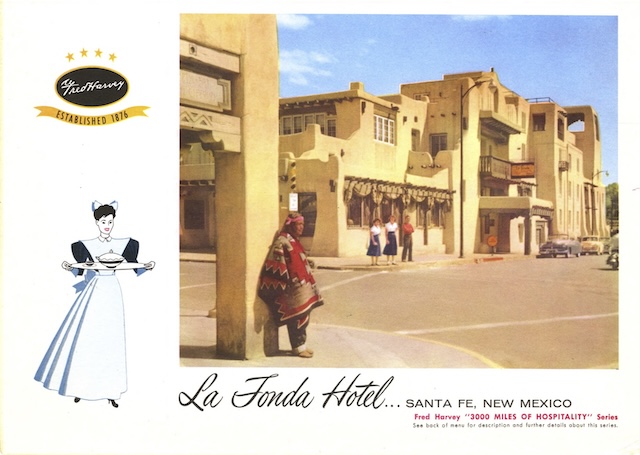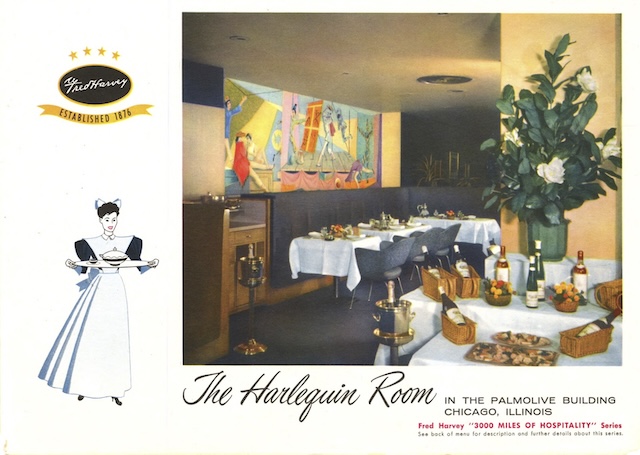If Old Faithful is the star of Yellowstone National Park, Old Faithful Inn is the star of the park’s infrastructure. Built with funds from the Northern Pacific in 1905, the inn remains an important landmark today. So it is nice to see it on the front of this “real photo” Northern Pacific menu, whose scans were contributed by Streamliner Memories reader Douglas Swanson.
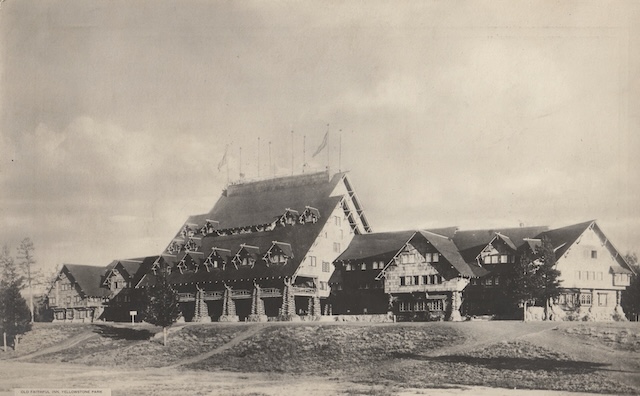 Click image to download a 931-KB PDF of this menu.
Click image to download a 931-KB PDF of this menu.
Like other menus in this series, this one is undated, but it lists “L.K. Owen” as the superintendent of dining cars. He ascended to that position in 1921, so the menu is from sometime in the 1920s. Continue reading
